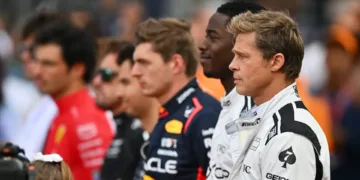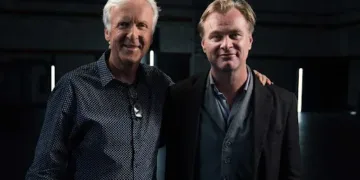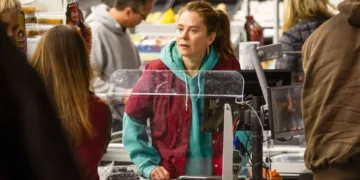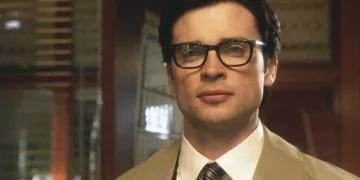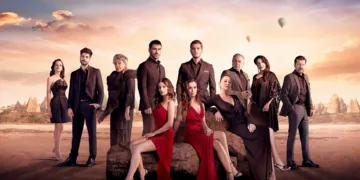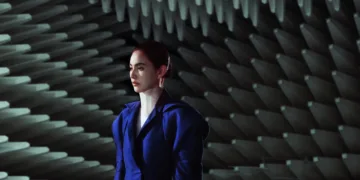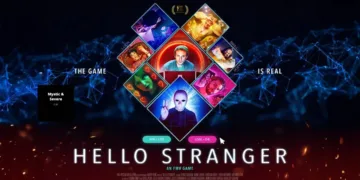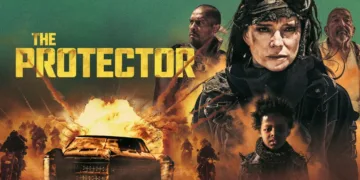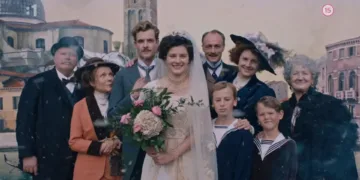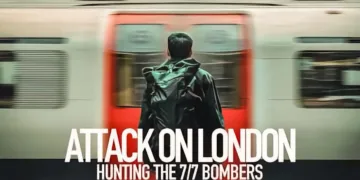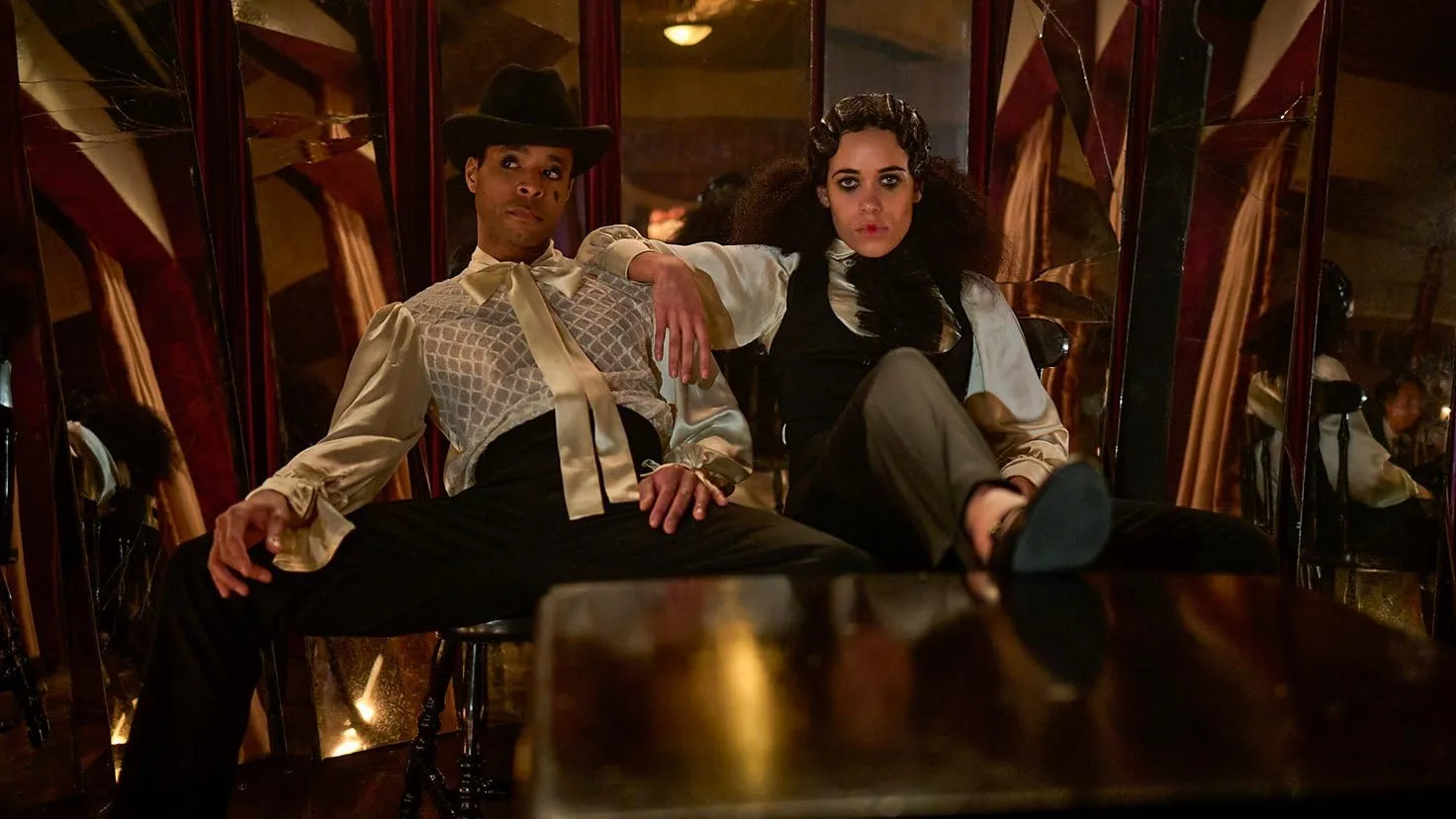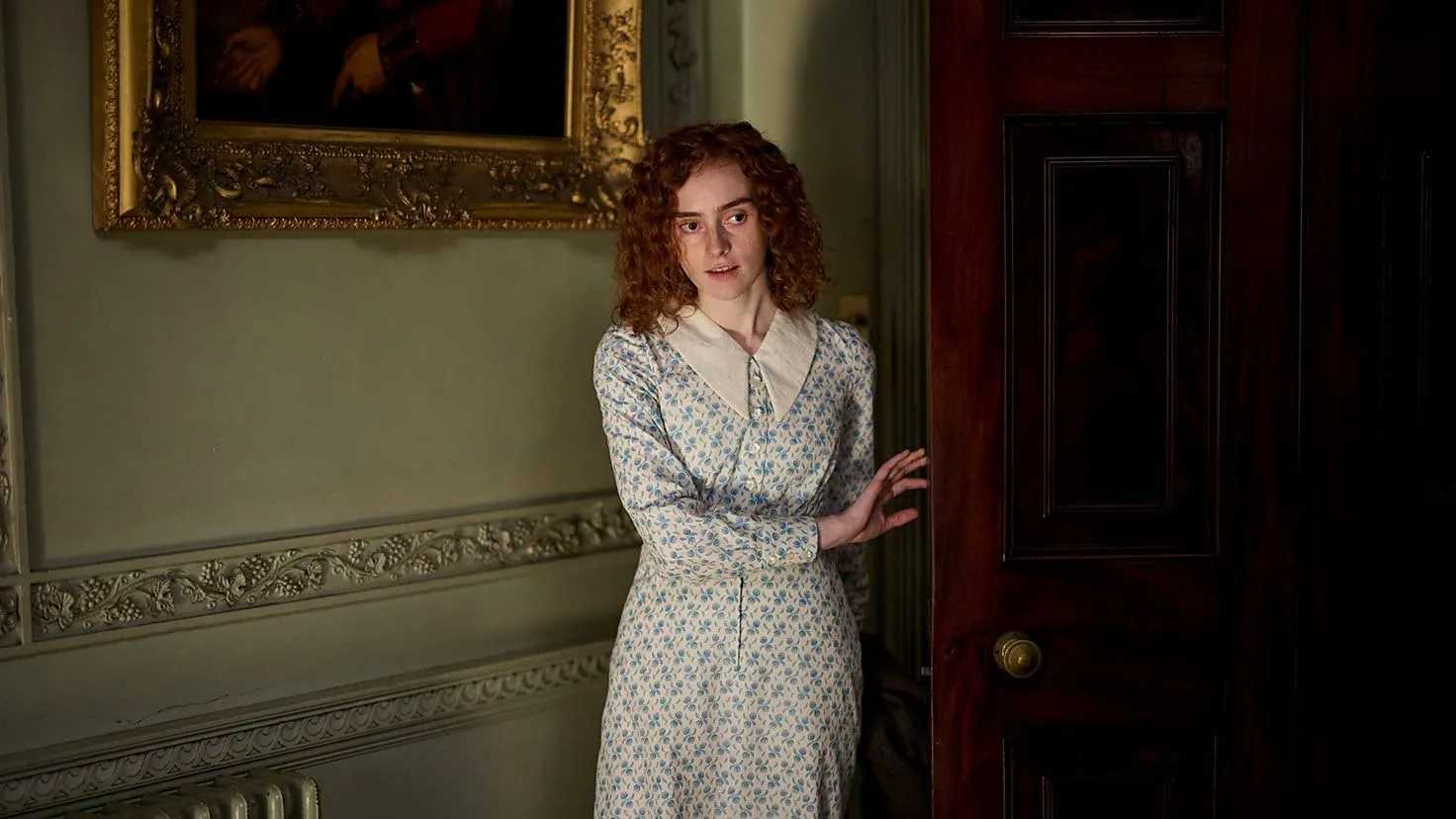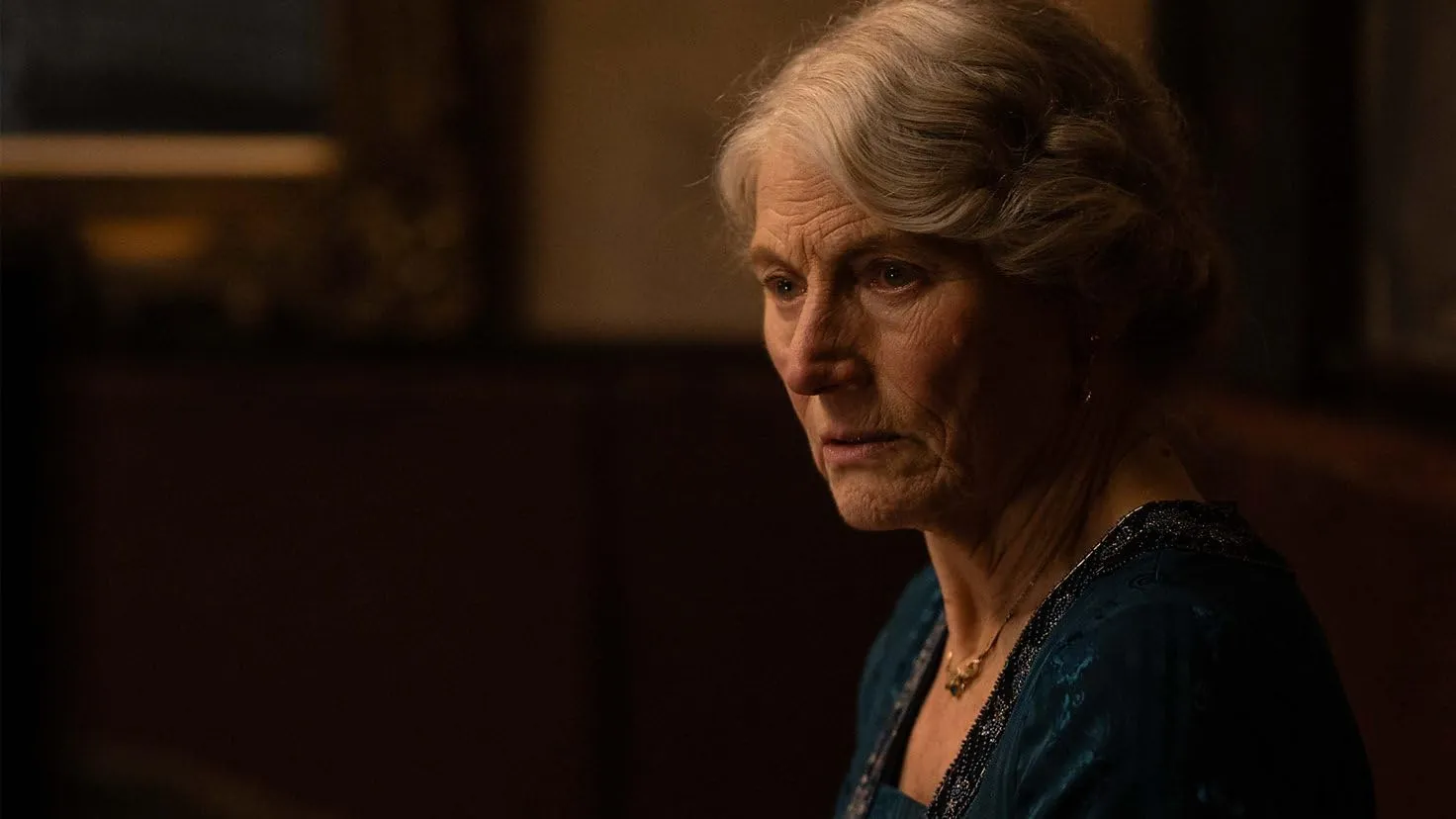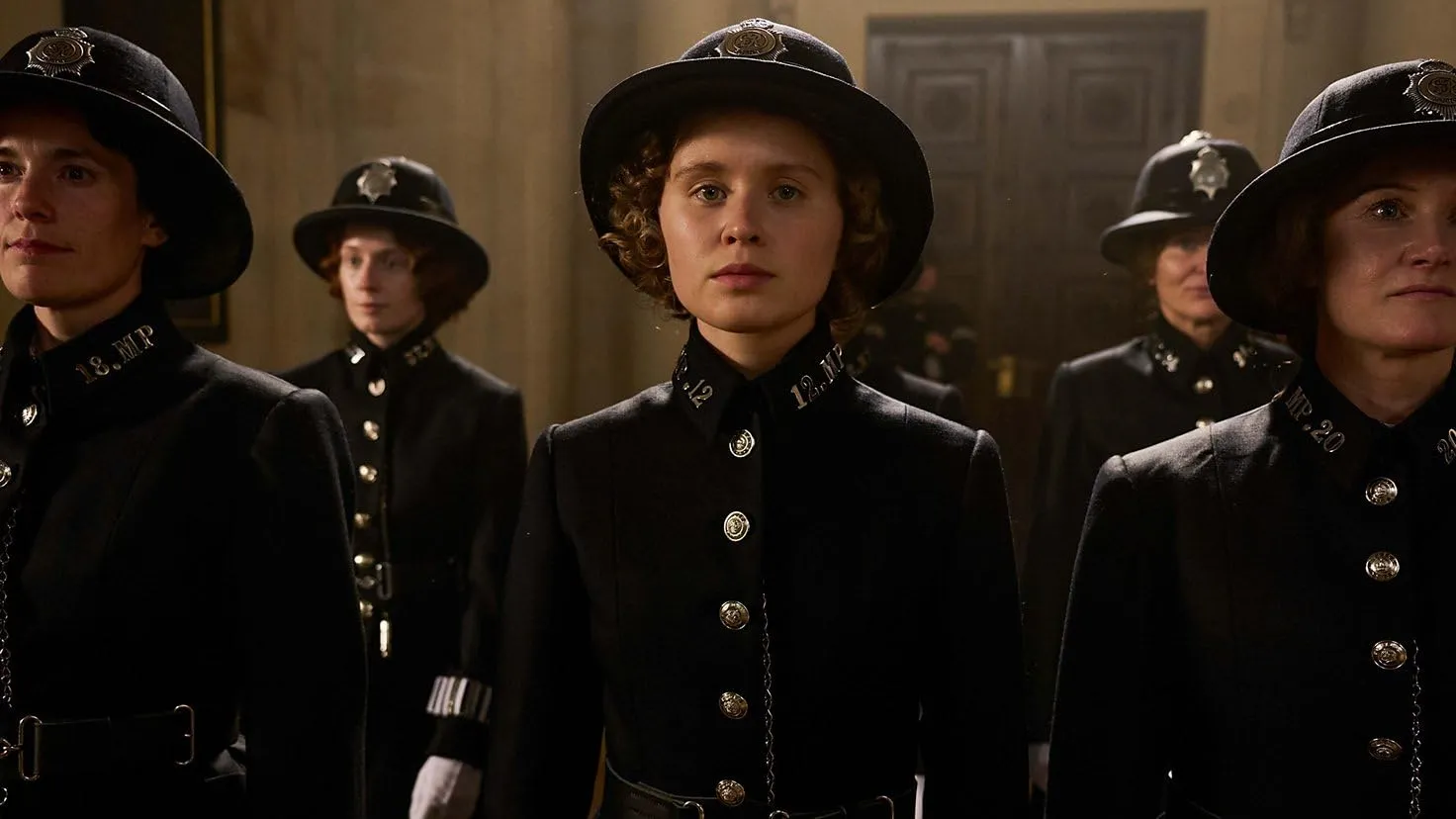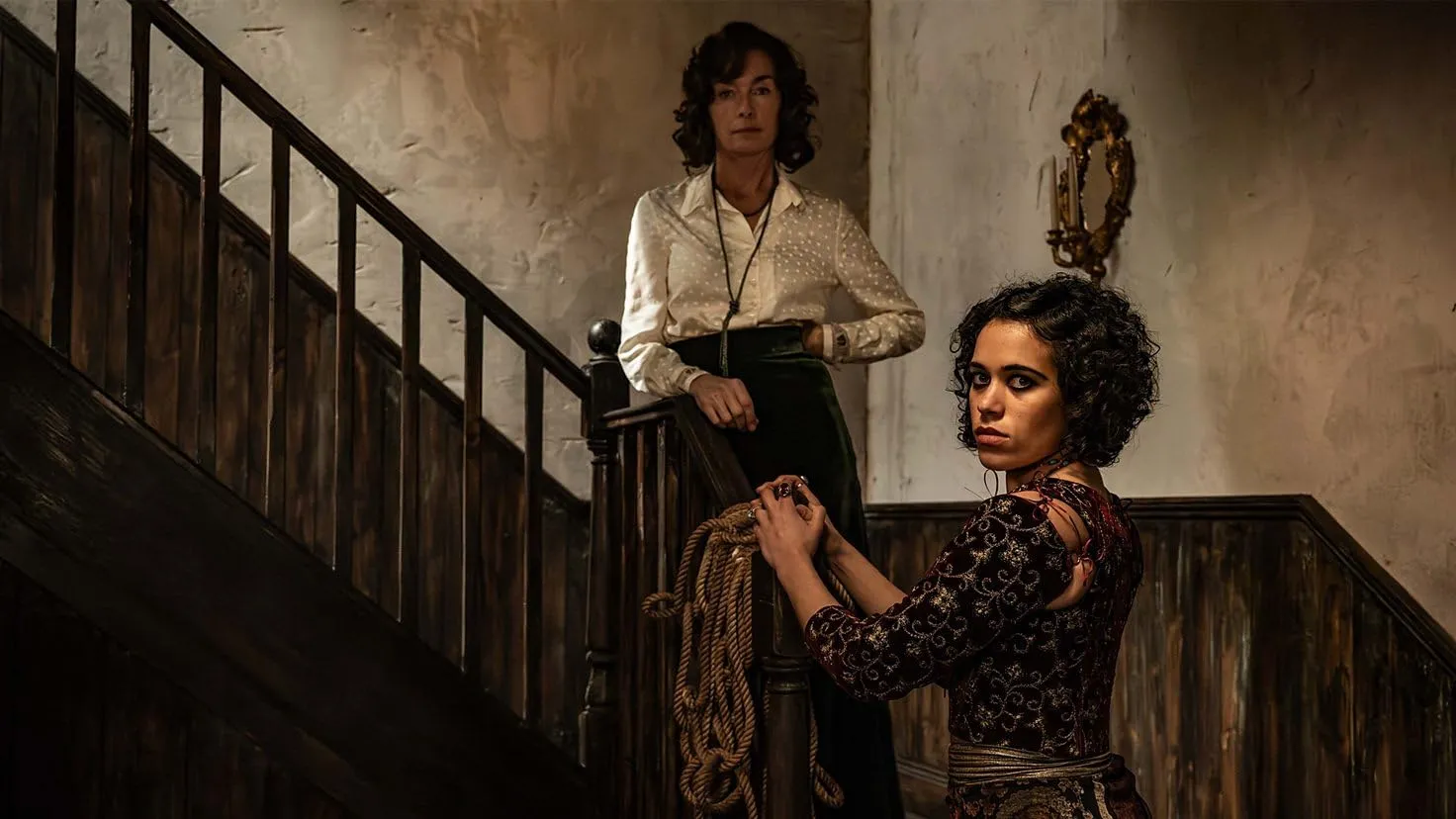The series opens in a time when London was undergoing a radical shift after the turmoil of World War I. The city emerges as a place where old certainties have been shaken by the harsh realities of conflict and loss.
This setting is portrayed as a crossroads of ideas, with a population reeling from the devastation of war and confronted by the need to redefine their roles in society.
The return of soldiers into a society that had adapted to new responsibilities creates a mix of tension and possibility. In this environment, the impact on both men and women is sharply felt, with women finding themselves pushed into roles that defy the pre-war domestic expectations.
The narrative paints a picture of economic strain and sudden social fluidity as those affected by the war struggle to establish their place in a changing world. The depiction of Armistice Day serves as a focal point, highlighting both the celebratory and painful aspects of transition.
This period, charged with unresolved grief and a restless hope for the future, sets the stage for characters who are forced to confront personal and societal upheavals while adapting to a reality that demands new forms of self-representation and resilience.
Intricate Plot Dynamics and Pacing
The narrative unfolds through interlaced storylines that connect the personal struggles of central characters with the dramatic pulse of post-war London. The series employs flash-forwards and a non-linear sequence to craft a layered story that keeps viewers questioning how past decisions resonate in present actions.
Moments of abrupt narrative shifts allow the audience to glimpse future consequences without sacrificing the clarity of character motivations. The interplay of multiple arcs serves as a framework that sustains viewer interest, inviting a reconsideration of how time and consequence intertwine in a turbulent era.
Textual overlays appear at key moments, serving as visual cues that supplement the unfolding drama. These annotations contribute to an atmosphere that feels both modern and period-specific, creating a rhythm where dialogue and action are punctuated by brief, striking textual intermissions.
The editing choices, marked by rapid cuts and unexpected transitions, play a pivotal role in controlling the pace and mood of the narrative. Each stylistic decision adds depth by revealing fragments of the characters’ secrets gradually, a technique that keeps suspense intact throughout the episodes.
The series manages a delicate balance between intense sequences of physical confrontation and quieter intervals centered on emotional discovery. This oscillation between high-energy scenes and reflective pauses reinforces the unpredictable nature of life in post-war London.
The unfolding events transition smoothly from chaotic beginnings to a more refined progression, ensuring that tension is maintained without overwhelming the narrative.
This measured shift from disorder to a steadily rising intensity crafts a viewing experience that mirrors the unpredictable shifts in the characters’ lives, making the plot an engaging study in narrative structure and timing.
Character Development and Performances
Kate Galloway emerges as a complex figure whose evolution captures the essence of personal transformation in challenging times. Beginning as a destitute widow, she assumes a leadership role in a dangerous new world, her actions reflecting the shifting roles assigned to women after a tumultuous period.
Her portrayal balances fragility and determination, capturing the intricate layers of survival and ambition. Billie, in contrast, is portrayed with a raw, unfiltered energy. As a nightclub dancer with considerable talent marred by inner conflicts, she brings intensity and unpredictability to the screen.
Her character’s journey emphasizes the struggle between artistic expression and the weight of personal demons, inviting viewers to reflect on the societal pressures imposed on creative individuals.
Violet, one of the early female figures in law enforcement, faces challenges that test her ability to operate in environments dominated by rigid expectations. Her undercover work highlights a continuous push against traditional constraints, marked by moments of vulnerability and defiance.
Meanwhile, Evie’s experiences reveal the stark divide between social classes. Her life, marked by the tension between an upbringing in privilege and the reality of her origins, contributes a nuanced perspective on social hierarchy and change. Both characters illustrate the varied dimensions of resistance against established norms, contributing significantly to the narrative’s depth.
The relationships among these figures are intricate, marked by shifting alliances and moments of betrayal that mirror real-world societal rifts. The interactions, ranging from moments of unexpected solidarity to instances of personal conflict, serve as a microcosm of a society in flux.
Each connection underscores how personal ambitions and social realities intersect, revealing the interplay between individual agency and collective pressures. The characters’ interactions not only define their personal arcs but also comment on the evolving roles within a society in transformation.
Themes and Social Commentary
The series presents women stepping into roles traditionally denied to them. Characters take on positions of influence amid a post-war setting, asserting control and redefining expectations. Their actions reveal struggles against a social order that had long silenced female voices.
Each character’s quest for recognition, whether in the realm of personal survival or public confrontation, underscores a push for authority that feels both daring and sincere. The portrayal of these figures invites reflection on the forces that shape modern views of gender and power.
Interactions among characters from distinct social layers serve as a driving force in the narrative. Individuals from different walks of life cross paths in Soho’s secretive circles, where their conflicts mirror the divisions of a society in flux.
The series lays bare the friction arising from longstanding class divisions, as characters negotiate alliances and rivalries amid shifting economic realities. These encounters prompt viewers to reconsider established notions of privilege and merit in a rapidly evolving world.
The narrative does not shy away from storylines rarely seen in period dramas. Intimate connections between women receive a treatment that challenges accepted norms, creating space for narratives that have long been muted.
Meanwhile, the depiction of criminal acts and indulgent lifestyles plays a significant role as a survival strategy during tumultuous times. Such portrayals, presented with a dose of sardonic wit, expose the entertainment industry’s occasional oversight of unconventional stories.
A striking contrast emerges between scenes of brutal confrontation and moments set against luxurious backdrops. Raw, violent encounters coexist with displays of lavishness, generating a tension that unsettles the viewer. This contrast forces a reconsideration of what constitutes strength and excess, revealing layers of ambition and transformation within the characters and their surroundings.
Visual Style and Production Design
The series employs camera work that shifts with the energy of its scenes, offering crisp, inventive angles that emphasize the tension between the historical setting and modern storytelling methods.
Each shot is carefully framed to capture both the grittiness of post-war London and the imaginative reinterpretation of that era. The director’s approach creates visual compositions that serve as a visual commentary on the characters’ internal conflicts and external challenges.
Costume choices bring the 1918 period to life with elegance and an unexpected modern twist. Attire not only reflects the delicate balance of refinement and resilience but also signals the personal transformation of the characters.
Set design mirrors this approach by contrasting the opulent glow of underground nightlife with the stark realities of a city still recovering from the war’s aftermath. This tension between lavish settings and raw, authentic backdrops creates a memorable visual experience.
A contemporary, energetic soundtrack provides a counterpoint to the historical narrative, injecting scenes with urgency and dynamism. Sound effects and carefully chosen music cues punctuate moments of high drama, subtly guiding the audience through the narrative’s peaks and troughs.
The audio choices work in harmony with the visuals, ensuring that every dramatic moment is underscored by a soundscape that amplifies its impact.
The use of on-screen text and experimental editing introduces a fresh layer of storytelling. These visual elements offer brief interludes that expand the narrative without relying solely on dialogue or exposition. By integrating these techniques, the series crafts an immersive experience that is both stylistically bold and mindful of its historical roots, enriching the overall atmosphere and narrative depth.
Directorial Vision and Writing
The script melds theatrical dialogue with a modern twist, presenting exchanges that feel both period-appropriate and startlingly current. Conversations are sharp and layered, offering insight into the characters’ inner struggles while grounding their actions in a historical framework.
The dialogue often carries an unexpected wit that lightens the tension of weighty moments, contributing a refreshing counterpoint to the dramatic stakes.
The director crafts a visual narrative that marries meticulous historical detail with avant-garde stylistic choices. Each scene is arranged with a keen eye for composition, where classical elements blend with inventive visual cues to inform the viewer about the characters’ journeys.
The deliberate use of theatrical staging and unconventional angles transforms ordinary moments into powerful statements about personal and societal transformation.
Production decisions, from the selection of sets to the pacing of scenes, reflect a clear intention to reimagine traditional storytelling in a way that speaks directly to modern audiences. Subtle humor emerges through these choices, often highlighting the entertainment industry’s own ironies and shortcomings.
Overall Impact and Standalone Appeal
The series reinvents historical drama by centering on female narratives that disrupt conventional portrayals of a post-war society.
Its creative choices shine a light on voices long left in the shadows, challenging established norms through both visual and narrative innovation.
With its bold storytelling and striking visual approach, the show resonates strongly with modern audiences.
It offers a fresh model for content on streaming platforms, signaling potential shifts in television production and securing a lasting place in the evolution of engaging, multi-dimensional narratives.
The Review
Dope Girls Season 1
This series transforms historical drama with its focus on strong female narratives and inventive storytelling. Its layered characters, striking visuals, and bold production choices create a unique viewing experience that challenges traditional period pieces. A thoughtful exploration of societal shifts and representation, the show makes a compelling case for reimagined storytelling in the streaming era.
PROS
- Strong female-driven narrative
- Innovative visual and storytelling techniques
- Engaging character arcs and dynamic pacing
CONS
- Occasionally uneven dialogue
- Some experimental elements may not suit all tastes













